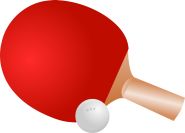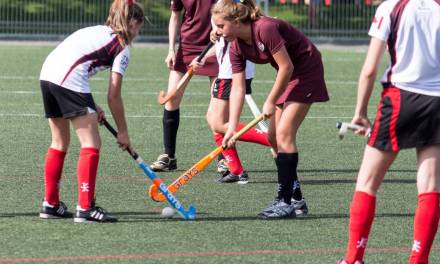Table Tennis England is the National Governing Body (NGB) for table tennis, which works in close co-operation with English Schools Table Tennis Association (ESTTA), and the British Table Tennis Association for People with Disabilities (BTTAD).
Along with being a fun and inclusive sport, the benefits of table tennis include:
- Improved reflexes
- Hand-eye co-ordination
- Decision-making abilities
- Concentration levels
The figures from British Market Research Bureau show that 2.4 million play table tennis in the UK, with 12% of those being from BME population. These three NGBs are responsible for all forms of table tennis in England, from school participation, to grass roots club, all the way to elite level athletes who are trying to win Olympic and Paralympic medals.
ESTTA set out outlines and objectives for the schools in England to follow, along with constructing rules and regulations for those schools and county level competitions. As schools, particularly PE lessons, are where most children will experience table tennis for the first time, it is important that the work that ESTTA are successful in order for the grassroots clubs to continue to work and thrive.
The other duties that the ESTTA follow are to “promote, encourage and improve the playing of table tennis in schools”. After promoting the sport and getting as many children as possible to like table tennis, the organisation needs to organise county level championships for under 11/13/15/19 for both boys and girls.
The variety in different functions that the ESTTA do on a daily basis from providing law to PE teachers, all the way to helping organise international competitions for elite athletes to compete through providing the correct sporting pathway.
Table tennis has been included in the Paralympic games since the first competition in 1960, and in1976 standing players were included and four years later athletes with cerebral palsy competed. BTTAD follow the laws outlined by the International Table Tennis Federation, where athletes are categorised into 11 different classifications. Classifications 1-5 are for those competing in wheelchairs, 6-10 are for those who play standing up and the final classification (11) is for intellectual disability athletes.
Although table tennis in Physical Education is a sport that is played from Year 7 to Year 11, some children in England may not have had the opportunity to take part in this sport. This is largely due to a lack of equipment needed for a group of 20-30 children in a PE group to try table tennis to see if it has the potential to be a sport they wish to pursue.










